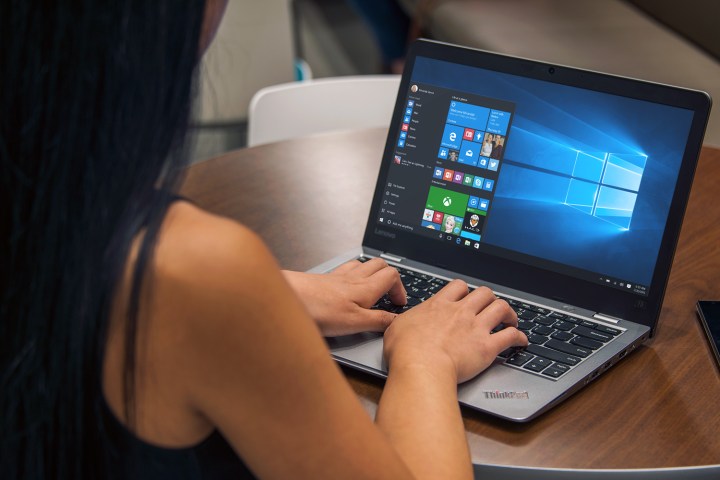
In October 2015, Microsoft came under fire when users started to report that their PCs were automatically starting up Windows Update and downloading Windows 10 — a process that could use up gigabytes of bandwidth and cause some serious problems as a result. Understandably, people and businesses affected by this situation weren’t particularly impressed.
Users in Germany complained about Microsoft’s predatory installation tactics to a local consumer protection group, Verbraucherschutz. It’s taken over a year, but it’s now been ruled that the company was at fault, and will have to sign a cease-and-desist order, according to a report from MS Power User.
Microsoft has agreed to no longer distribute installation files to a user’s PC without their express consent. Of course, the initial push for Windows 10 adoption has long since finished, and it remains to be seen whether the company would ever pursue quite such an aggressive strategy again, given the widespread backlash. Still, it’s good to see users take precedence over big business.
Cornelia Tausch, the CEO of the consumer center in Baden-Württemberg, expressed that she would have liked to have seen the situation remedied sooner, but commended the decision. She referred to it as “a success for consumer rights in the digital world,” according to a translation by Computer World.
Mandatory updates are still a big part of Microsoft’s vision for Windows 10, even though the company has been making changes to give users more control over the process. It’s easy to see why this is the case, as keeping PCs up-to-date has all kinds of security benefits over a landscape where users are still using older, unsupported versions of Windows.
On the other hand, many users are reticent to give up control over their system. To its credit, Microsoft has enhanced the range of options available to users in relation to updates in more recent versions of Windows 10.
“Beginning with the Creators Update, Windows 10 users worldwide had the ability to schedule the timing of when updates would install,” the company told Digital Trends. “Users can specify the exact time when they would like the update to occur (and can reschedule if it becomes inconvenient), they can also use the ‘snooze’ button which allows the update process to pause completely for three days. The ‘Active Hours’ time was also widened to make sure Windows 10 would not update at a time when users may want to use their device.”
Updated: Added official comment from Microsoft.


